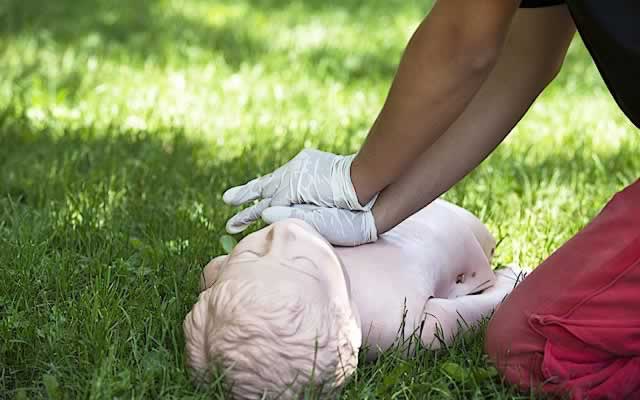When a person has an accident or a heart attack, and has stopped breathing, it takes quick action to save their life. The best way to do so is through cardiopulmonary resuscitation (CPR). It is the most effective way to save a person’s life.
Also Read
Food Poisoning: Signs and Symptoms, Causes, Treatment of Food Poisoning
Symptoms Of Malaria: Early Signs of Malaria Fever
Assess the Situation for Immediate Danger
It is important that before you begin CPR, that you make sure that the victim is in no immediate danger. If they are in any immediate danger, it is important that you move them. For example, if they are in the road, you should move them before you begin CPR.
Assess the Patient’s Condition
Ask the patient in a loud voice, if they are alright. If they answer, there is no need for CPR. If they are unresponsive, you should contact 9-1-1 immediately.
Check for a Pulse
You can check for a pulse, however, you should not spend too much time trying to find one. It can be difficult to find a pulse on a victim, especially if it is weak. The more time you waste trying to find a pulse, the longer it will take before you can begin CPR.
Check to See if the Patient is Breathing
First, make sure that the victim’s airway is not blocked. If the patient’s mouth is closed, press your thumb and forefinger on both cheeks, and look inside. If there is an obstruction, move it. If it is far down the victim’s throat, do not try to remove it, it can go further down their throat. After you have removed the obstruction, listen to the victim’s mouth and nose, and listen for breathing. If you hear slight breathing, there is no need for you to perform CPR.
Administer CPR
Before you begin CPR, you should place the victim on their back. They should be lying as flat as possible. This will prevent them from being injured when you begin doing chest compressions. Push your hand on their chin, and your palm on the forehead, and tilt the patient’s head back.
Next, place the heel of one of your hands on the victim’s breast bone, right between the nipples. Place your second hand on top of the first, with your palms facing down, and interlock your fingers. Keep your arms straight, and lock your elbows. Use the strength of your upper body to push down. Begin doing chest compressions. This will help the heart beat. You should do 5 compressions.
Now you need to perform mouth to mouth resuscitation. You already have the victim’s airway open. Place your hand on the victim’s forehead, and two fingers on their chin. Place your mouth over theirs, and breathe a deep breath in their mouth. Then do another 5 chest compressions. Continue to do this until the victim begins breathing again, or until help arrives.
Also Read
Yoga for Thyroid Treatment: Yoga remedies Hypothyroidism
10 Health and Fitness Tips For Your Daily Routine
At the time of an accident or a heart attack, CPR could be the victim’s only chance of survival. Knowing how to do CPR will help you to save the victim’s life.
